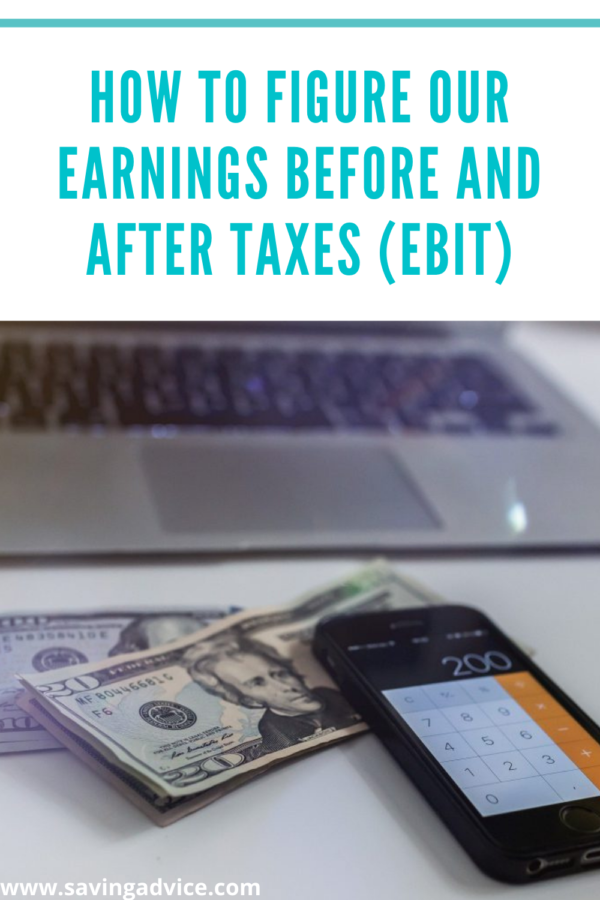
If you run a business, there is a slew of financial information that you need to track. One critical figure is your earnings before tax (EBT), a metric that can help you assess your company’s financial performance and its overall health. It’s also vital to be able to calculate your earnings after tax (EAT), ensuring you understand what you owe (or paid out in taxes) and what you’re bringing in otherwise. If you want to be able to figure out your earnings before and after taxes, here’s what you need to know.
Get all of your tax questions answered with H&R Block’s Tax Information Center!
5. Mortgage Refinancing Points
Calculating Earnings Before Tax
In the simplest terms, EBT is a reflection of the company’s revenue minus expenses, not including taxes. It’s a standard line item on income statements, making it a crucial figure to calculate.
Typically, you start by determining your gross sales. That is the foundation of your company’s income, so it serves as the strongest starting point.
Next, you deduct your cost of goods sold (COGS). Next, you’ll subtract your general, administrative, and operating expenses. After that, factor in interest and depreciation.
For example, let’s say your company sold 50 widgets during May for a sales price of $500. Your gross sales would be $25,000. But producing those widgets cost $100 a widget, making your monthly COGS $5,000. That means your company’s gross revenue is $20,000 ($25,000 – $5,000).
Next, you could consider your overhead costs. For this example, between rent, wages, and other operating expenses, that figure comes in at $9,000. By subtracting that from the gross revenue, you get $11,000. That $11,000 is your earnings before interest, tax, depreciation, and amortization (EBITDA).
If you have no physical assets, that EBITDA is also your earnings before interest and tax (EBIT). But, if you have assets, then you’d have to calculate depreciation and subtract that from the $11,000. For simplicity, we’ll say that isn’t a factor.
For companies without assets, if you have interest-related expenses, you would need to subtract those. For instance, if your interest expenses were $1,500 a month, your EBT would be $9,500.
File Your Taxes with H&R Block
Calculating Earnings After Taxes
Part of why EBT is so important is that it represents your company’s taxable income. With that figure, you can calculate your EAT.
Precisely how you complete that calculation depends on your business’s tax bracket. In the U.S., the federal rate is 21 percent. If your monthly EBT was $9,000, that would make your annual EBT $108,000. If you subtract 21 percent from $108,000, you get $85,320 for your EAT.
Now, it’s important to note that there can be state taxes to contend with as well. Those will vary depending on your location and, potentially, by your taxable income level. Not all states use a flat-rate, so you’ll need to determine your bracket to complete the final calculation.
Why EBT and EAT Both Matter
Both EBT and EAT are crucial figures. Not only do they speak to the health of a company, but they make comparing the states of several businesses easier. Hence why they are a crucial part of income statements, especially in the eyes of potential investors and lenders.
For example, since each state can have different tax rates, EBT allows investors to examine a company’s performance against another’s fairly. One business isn’t being incidentally penalized for operating in a jurisdiction with higher taxes.
In contrast, EAT gives clear indications of a company’s profitability. It shows how much the organization has left after handling all of its obligations, including taxes.
Together EBT and EAT paint a holistic picture. As a result, they can be vital for the full assessment of a company’s current state.
Do you have any other tips that can help a person figure out their earnings before and after taxes? Share your thoughts in the comments below.
Read More:
- Don’t Forget to Do These 5 Things Before Submitting Your Taxes
- How to Use Alexa to Help with Your Taxes
- What Happens If You Don’t File Taxes?
If you enjoy reading our blog posts and would like to try your hand at blogging, we have good news for you; you can do exactly that on Saving Advice. Just click here to get started.
Tamila McDonald is a U.S. Army veteran with 20 years of service, including five years as a military financial advisor. After retiring from the Army, she spent eight years as an AFCPE-certified personal financial advisor for wounded warriors and their families. Now she writes about personal finance and benefits programs for numerous financial websites.
Comments